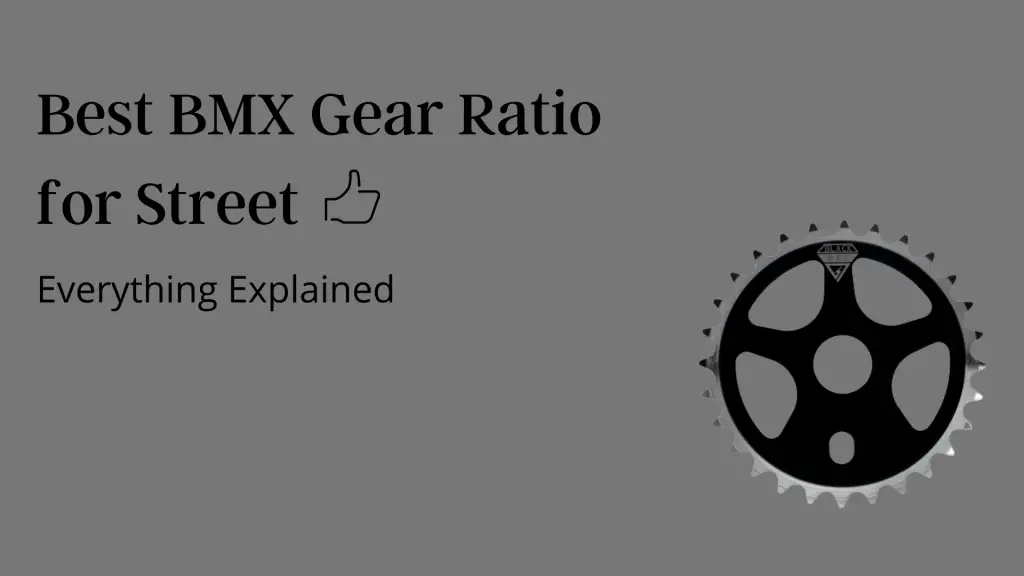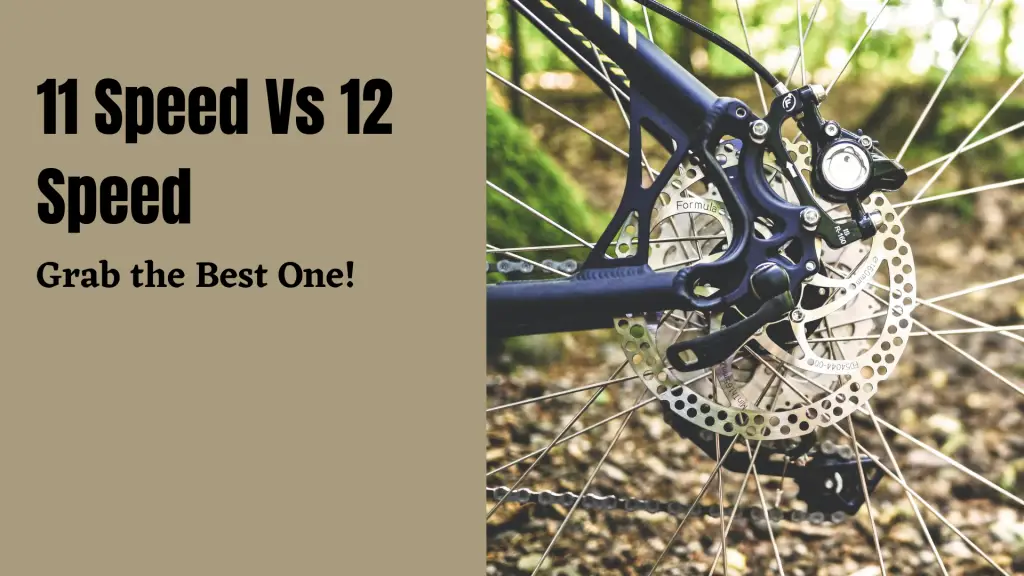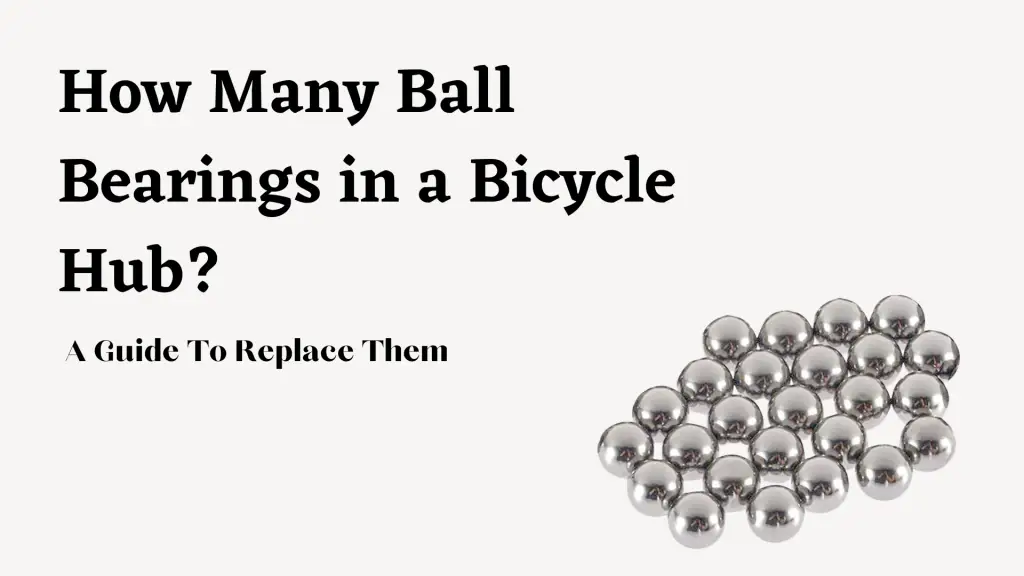The Nexus 8 and the Alfine 8 are two of the most popular bicycle hubs of the brand Shimano. Bicycle hubs are basically internally shifting gear hubs. These are located at the center of the rear wheel.
So, you now have some background information on the Nexus 8 and Alfine 11 hub models. And as a result, you’re at a loss about what to pick.
So, which of the Nexus 8 vs Alfine 8 should you go with?
The Nexus 8 and Alfine 8 are hubs that are specially made for two distinct categories. These categories target buyers of either the cargo cycling niche. Or the Race cycling niche. Besides these, there are differences in built materials, price, gears, weight, etc.
So, in the following article, we have gone through detailed differences between the two different hubs.
Quick Differences Between The Nexus 8 And Alfine 8
Both the shimano nexus 8 and alfine 8 hubs are owned by the same corporation, as previously stated. However, there are distinct variances between the two. They also cater to a wide range of cyclists, from beginners to experienced riders.
As a comparison, here are the differences:
| Difference | Nexus 8 | Alfine 8 |
| Oil Lubrication System | Grease Lubrication | Oil Bath Lubrication |
| Gear Systems | Straight Cut Gear System | Helical Gear System |
| Release System | One Way Release | Multi Release |
| Weight | 1685 g | 385.5 g |
| Price | CHECK LATEST PRICE | CHECK LATEST PRICE |
From the above table, we can easily get an overview of the major differences between the two products. But now let us go in-depth into the differences between the two bicycle hubs.
In-depth Differences Between The Nexus 8 and The Alfine 8
Cargo, mountain, and off-road bicycles users are the Nexus 8’s target market. These hubs are excellent for distributing additional weight.
The Alfine 8 on the other hand is designed with the casual user in mind. People who want to get around town quickly on a bike with a lot of maneuverability.
Fundamentally, these two nodes are dissimilar. Let’s have a look at how these two bicycle hubs differ in performance.
Oil Lubrication System:
The lubrication system is responsible for changing the gears within the hub smoothly. These can come in many types and employ different systems accordingly.
The Nexus 8 employs closed grease lubrication. This means that a single gear axel gets solely closed lubricating rims. Which are lubricated with grease. This mechanism of lubricating is also observed in gears without hubs.
You can also observe this type of lubrication being utilized in the gear shifters of Shimano. The Shimano GS or SGS uses the same type of lubrication system for shifting.
As we have mentioned gear shifters, The relevance of these components cannot be overstated.
On the other hand, the oil bath lubrication system is entirely internal. In this system, the entirety of the internal gears of the hub is lubricated. Using an oil lubrication method where the oil covers every corner of the internals of the hub.
This system is quite useful in hub models with more gears as it is more difficult to shift between too many gears.
But in the case of the 8 geared Alfine 8, it makes little to no difference. If we compare it to the gear shifting of Nexus 8, the difference in speed is negligible. So, using this system seems like somewhat of a waste.
Winner: Nexus 8
Gear Systems:
In the shimano nexus 8 and alfine 8 hubs, the gear systems are the construction and type of gear. Structure and build quality are only a few of the things to take into consideration. Shimano’s bicycle hubs are built to the same high standard of quality.
Excited to get my e-bike back up and running with a new (to me) Shimano Alfine 8 in-hub-gear drivetrain setup, after 1400 miles my old chain and cassette were very worn, hoping this new setup will be more durable pic.twitter.com/MWnrwmbYFt
— Glyn Hudson (@glynhudson) September 1, 2021
Generally speaking, bicycle hubs use two types of gear schemes. The straight cut gear system and the helical gear system are two examples of this. When it comes to their teeth, there is a big difference between them.
The Nexus 8 gear system comes with a straight cut. In this case, the teeth are aligned horizontally. That’s because each revolution provides a forceful pull. The gears will be able to generate greater power as a result.
Because of this, the Nexus 8 can perform more demanding tasks. Because this hub is popular for mountain bicycles, it needs extra force. And to meet this demand the ground radius of the teeth is kept minimal as well.
So now we take a look at the Alfine 8’s helical structure. The 8 gears of the alfine 8 are structured in a smoother manner than the helical structure.
The internal teeth of a helical gear are arranged at an angle, hence the gear is called a helical system. As a result, the gear teeth’s rotational transition is smoother. While cycling, this gives a calming effect with low axial force.
It also makes paddling a lot more enjoyable. You’ll save energy by not having to exert as much effort when paddling the bike. This makes the cyclist less tired. Additionally, the bicycle’s angled or curved groove teeth aid in speed.
So, these are the main structural differences that the internal bicycle hubs have. And because of this, they are fundamentally different.
Winner: Tie
Release System:
The Nexus 8 uses a one-way or single-way release system for its gear shifter. The hubs use a dedicated gear shifter. And it uses a one-way release which is responsible for shifting the chain pressure through the same spook.
This is helpful as it gathers less debris and requires less maintenance. But on the other hand, it takes a couple of seconds longer to shift when the bicycle is running.
The Alfine 8 uses a multi-release system depending on the bicycle model. This is great for quick shifting of the gears. But the drawback is that alfine 8 maintenance is required more often. And the 11-speed derailleurs and the 9-speed shifters work well together.
Winner: Alfine 8
Weight:
The Nexus 8 weighs a total of 1685 g. Whereas the Alfine 8 weighs a total of 385.5 g. This weight has a slight effect on the shift ability of the gears and nothing more.
Winner: Alfine 8
Price:
At 132 dollars, the Nexus 8 is a great value. There’s a price tag of 244.99 USD for the Alfine 8. So, the price of Nexus 8 is significantly less.
Winner: Nexus 8
Final Verdict:
In the instance of bikers needing a fast-forward cycle, the Alfine 8 would be good. But a biker seeking a heavy-duty cycle should opt for a Nexus 8.
Here’s a table that summarizes everything in short:
| Image | Product | Features | Price |
|---|---|---|---|
 | Nexus 8 | Perfect for heavy-duty use at an affordable rate | Check latest price |
 | Alfine 8 | Ideal for racing bicycles but can get a bit expensive | Check latest price |
So, in my humble opinion, I would suggest the Nexus 8 for balanced performance.
Frequently Asked Questions (FAQs)
Do Gear Hubs Have An Excellent Reputation?
Gear hubs have a limited range and the distance between the upper and lower gears is smaller than other types of gears. Derailleur gears outperform hub gears in terms of efficiency.
What Is The Function Of A Bicycle’s Hub Gears?
Small pinions in the hub shell mesh together to shift gears. Allowing the back wheel to rotate at a different speed from the front sprocket. Hub gears can take a beating on bikes used for transportation on a daily basis. They are most suited to road cycles, urban hybrids, and compact folding bikes. But these can be used on a broad variety of bikes.
How Do Internal Gear Hubs Change Gear?
Cycling forward, coasting, coming to a complete stop, or going backwards will all result in the hub. This is on an internally-geared bike shifting gears. Letting off pedal pressure is necessary for smooth shifting.
Conclusion
So, now we hope that you have no confusion in the case of Nexus 8 vs Alfine 8. In the case of cyclists wanting a speed forward cycle, the Alfine 8 would be good. But a cyclist looking for a heavy-duty cycle should go with a Nexus 8.
We trust your questions were answered. So, until the next article, adios!



